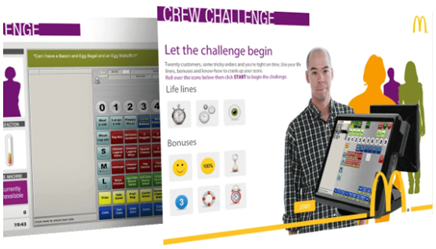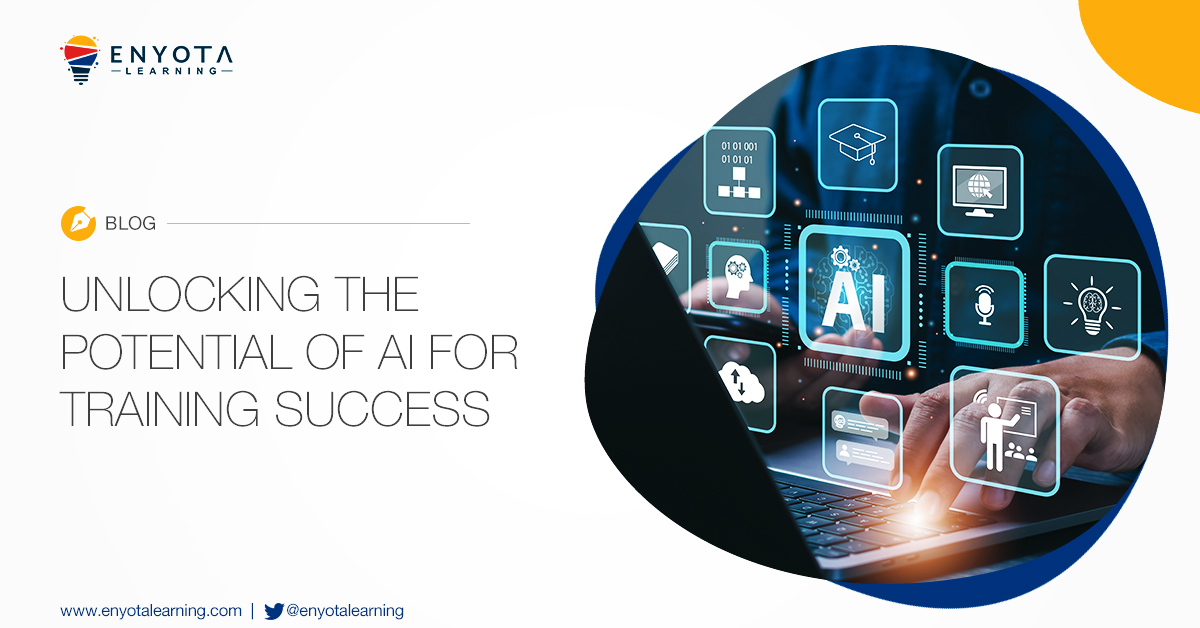You may be mistaken to think that gamification and game-based learning are one and the same. However, the objectives, results, and implementation methods of gamification and game-based learning are slightly different.
Gamification is increasingly getting more attention and investment in the eLearning market. Today’s high pressure and fast-paced life, coupled with tight working schedules makes training possible only when it’s enjoyable. Games are definitely enjoyable and that’s what makes this concept so tempting for learning facilitators.
Engagement Alliance predicts that the gamification industry will reach $8.5 billion by 2022. With 80% learners claiming that game-like learning will make them become more productive, training facilitators are taking this as feedback directly from the mouths of the learners themselves and that lends some weight towards gamification reaching the $8 billion mark.
So now that we understand the demand and attraction towards gamification, it’s time we get the two concepts right. Let’s take a look at what each mean.
Gamification
What is Gamification?
Gamification is applying game design techniques and game mechanics to interactivities and questions in order to engage and motivate learners to interact more with the training.

Features of Gamification
- The learning process itself is turned into a game.
- Game mechanics and elements are applied to existing content to engage and motivate the learners. These may include a collection of tasks with some form of rewards.
- Points, levels, rewards, leaderboards, achievement badges, feedback loops, conditions, etc. are some of the key principals used in gamification.
- It is usually easier and cheaper to introduce gamification in learning.
Benefits of Gamification
- It encourages collaboration, fun, focus, retention, productivity, creativity, and meaningful choices.
- It is a great way to change behaviours or encourage specific behaviours, provide immediate feedback and gratification, and track progress.
When to Use Gamification?
Here are some of use cases where gamification makes perfect sense:
- If you want to encourage learners to take specific actions.
- When you want to motivate the learners and influence their behaviours.
- If you want to drive innovation and help the learners in building specific skills.
- When you wish to engage learners and promote the spirit of competitiveness.
- If you wish to provide learners with ways to track their own progress.
Best Practices for Designing Gamification:
- Keep the game mechanics and structure easy to understand and follow.
- Carefully align gamification with the business needs and learning goals.
- Make scoring and winning easy and transparent–keep simple rules and keep the leaderboards easy to understand.
Gamification Examples
Bunchball, in partnership with Wall Street Survivor, launched an online education platform which uses gamification to teach investment strategies to Millennials. Users learn about stock market concepts via engaging games.

Enterprises use Keas which is an employee wellness platform to maintain the overall health of the organization, lower group health insurance costs, and reduce unnecessary sick days. The gamification in Keas provides the individuals with a personalized dashboard which displays stats and allows players to earn awards for achievements on completing tasks, while also supporting co-workers and helping them achieve their goals.

Game-Based Learning
What is Game-Based Learning?
Game-based learning is a teaching approach where content is delivered through game-like activities where learners explore the relevant aspect of games in a learning context designed by teachers.

Game-Based Learning Features
- Games are a part of the learning process in game-based learning.
- Game-based learning teaches a specific skill or achieves a specific learning outcome.
- Game-based learning includes content created to fit the story and scenes of the game.
- It helps in drawing the learners into the relevant virtual environments that they are familiar with.
- It is usually difficult and expensive to build game-based learning.
Benefits of Game-Based Learning
- Game-based learning helps motivate and influence learners in a positive way.
- It helps in providing context and engaging learners.
- Game-based learning helps with rememorizing concepts in a fun way.
- It reinforces and consolidates the knowledge in a friendly environment.
When to Use Game-Based Learning?
Following are some of the situations when the use of game-based learning makes perfect sense
- If you want to repackage existing academic content.
- When you wish to promote critical and strategic thinking amongst the learners.
- If you want to engage and motivate the disengaged learners.
- When you want to support struggling learners in learning better.
Best Practices for Designing Game-Based Learning
- Focus on the learning objectives.
- Strike the right chord while making it a challenge – it cannot be too easy nor too difficult so as to frustrate learners.
- Make the games interactive and immersive so that learners can remain focused on the goals and objectives.
Game-Based Learning Examples
McDonald’s launched game-based learning system across its 300 restaurants. It allowed the employees to learn and practice in a safe environment online. The game was addictive, fun, and supported well-thought learning objectives. It made the learning experience memorable with targeted skill and knowledge training. It helped the employees in improving their accuracy and reduce the service time by close to 8%.

Microsoft’s Ribbon Hero game teaches the learners how to use the Microsoft Office’s ribbon interface. This game has “Clippy”, the helpful paperclip, as the game’s protagonist.
The objective of learner engagement is common between gamification and game-based learning. However, both terms are two different things. Both offer tremendous benefits to your eLearning course, but it is important to know the difference between the two so that you can optimally use the one which is relevant for the desired goals and the needs of the learners.

If you’re interested in knowing about our offerings or would prefer talking to our consultation specialists, reach out to us at contact@enyotalearning.com or fill this contact form and get in touch! Try our LMS here!



